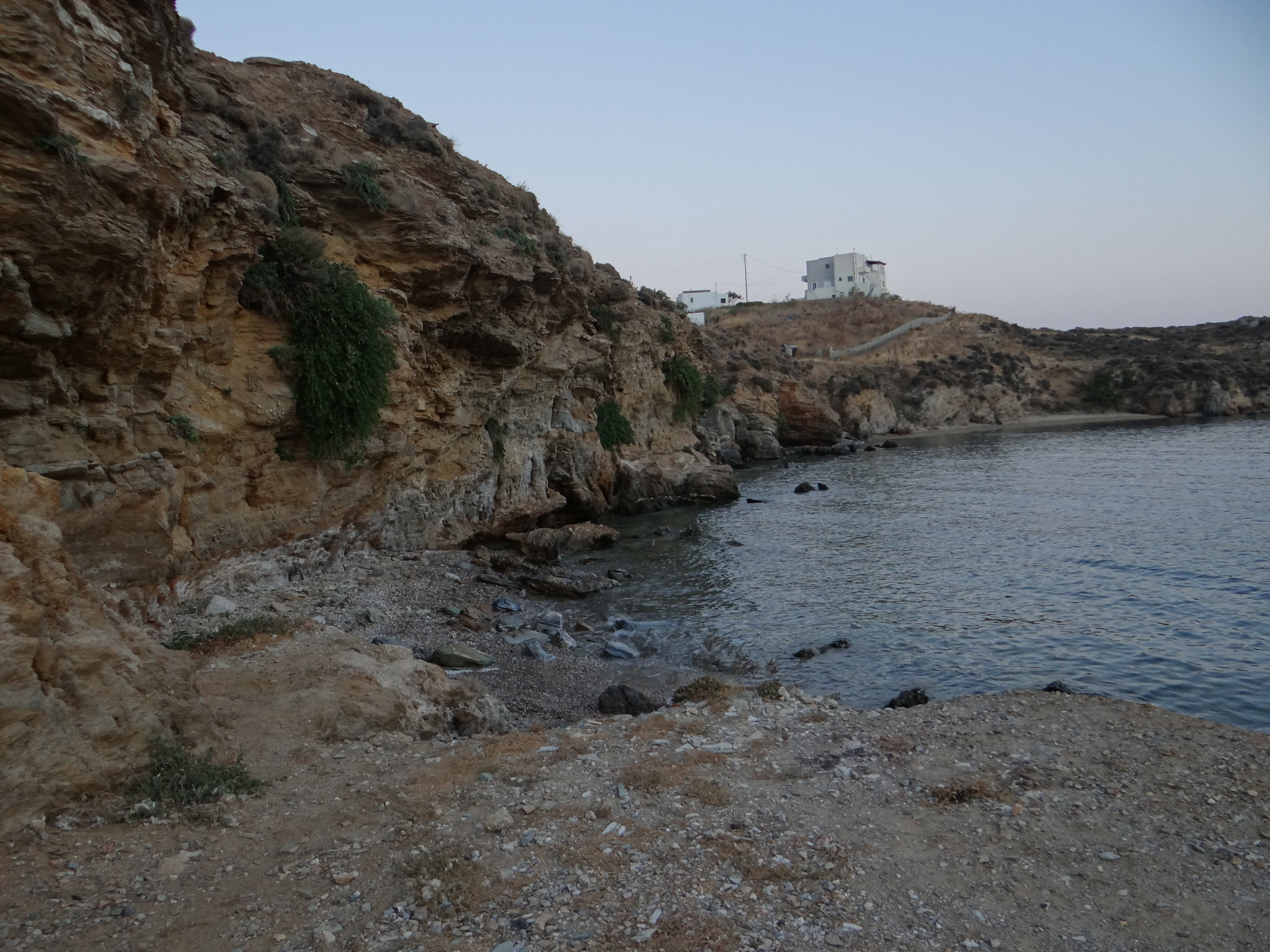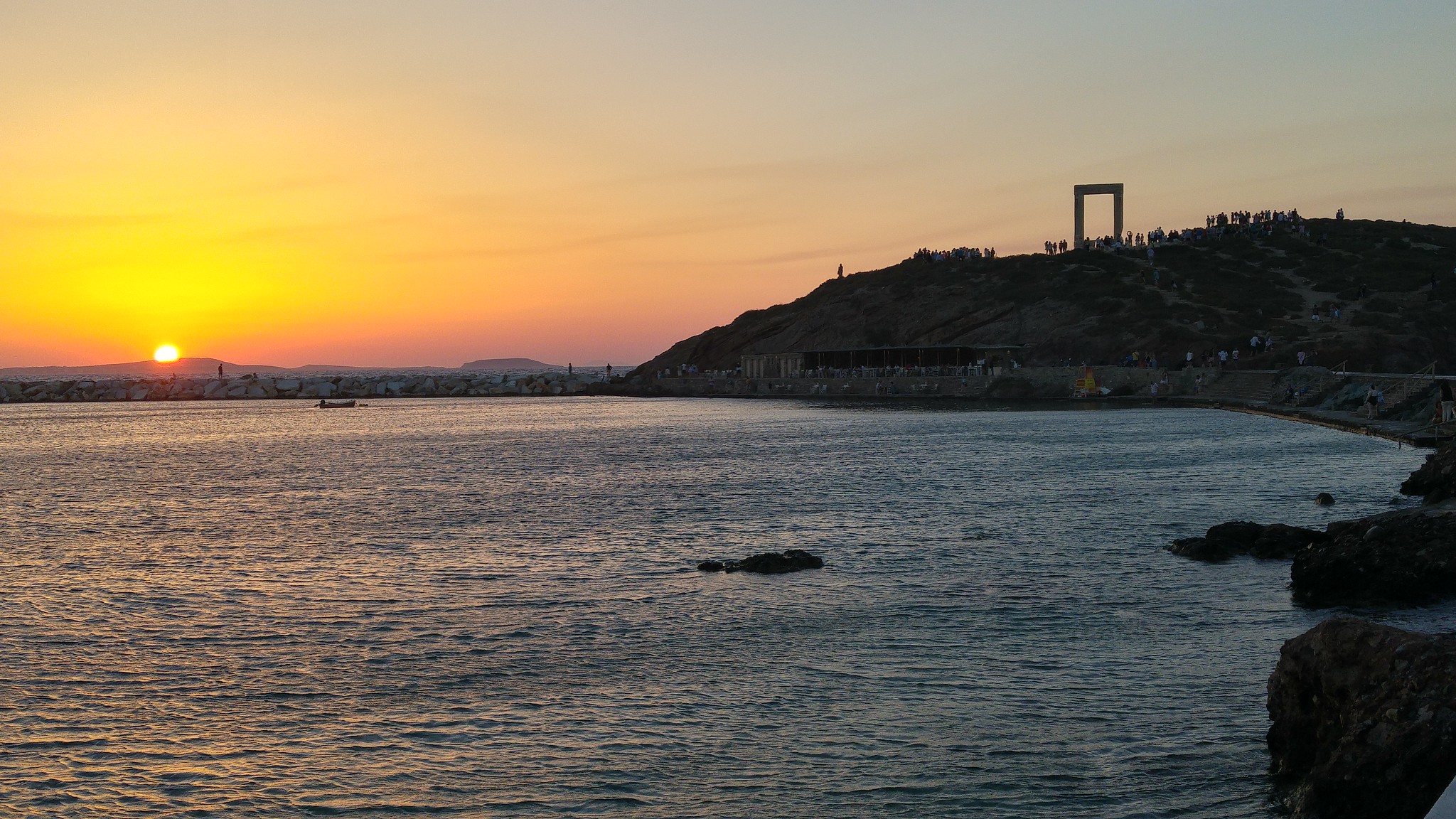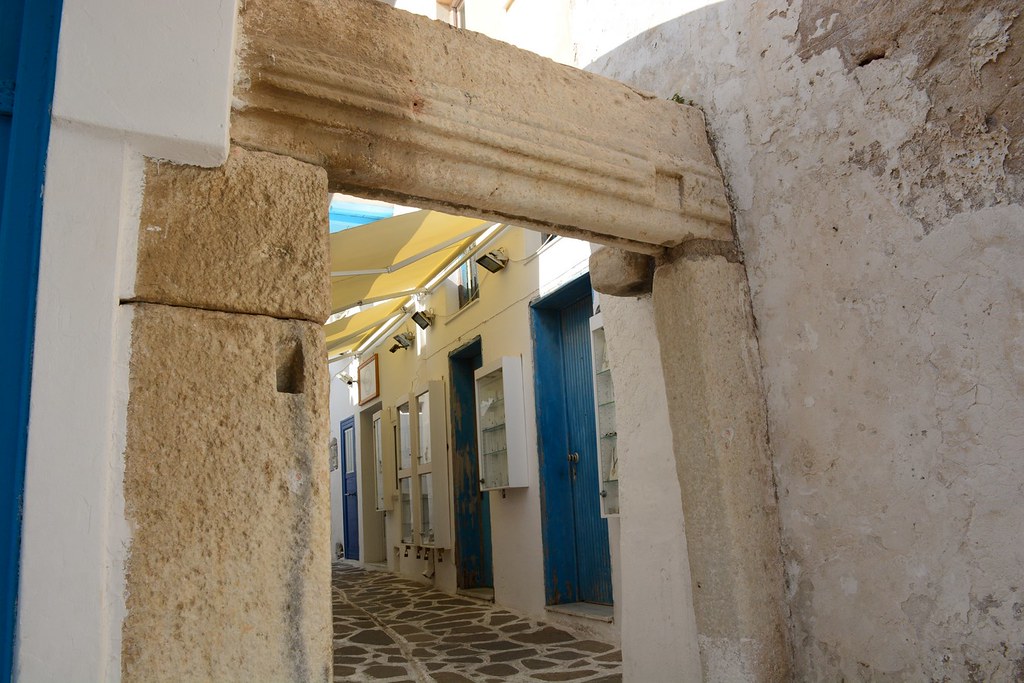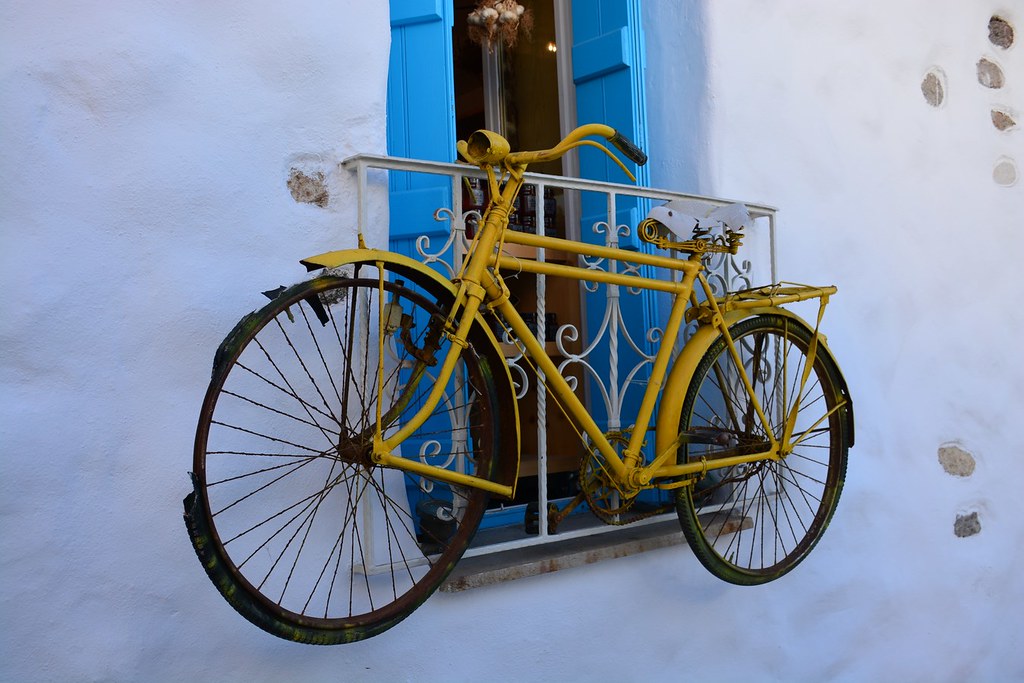The Cyclades area of Greece comprises of around 200 islands, which vary from the large and recognized (Mykonos and Ios, for instance) to the tiny and uninhabited. As an outcome, travel here offers a multitude of alternatives, although this part of Greece is surely known for two highlights above all else: the celebrations and the beaches.
While partying is invariably limited to the larger, more tourist-ready islands, beach-going can be experienced any place you are in the Cyclades. Head on down to among the following, and a delighted day spent relaxing amongst marvelous shoreline landscapes is all but ensured.

Red Beach, Santorini
Of all elegant Santorini's preferable beach areas, Red Beach might well be the most remarkable. Nestled into a piece of reddish volcanic rock, the beach is little and hot, with the sun beating down on it for much of the day. Snorkeling here is particularly popular offered the fascinating underwater developments of the surrounding rock.
For budget travelers, Santorini is an appealing summer season location that blends village life with a dynamic traveler's scene. Life here is not particularly inexpensive; Vacation home Manos is an outstanding hostel in Santorini that will assist minimize your day to day expenses. Clean and family run, its swimming pool is a great location in which to invest lazy days viewing the sun rise and fall.
Kalamos, Ios
Ios has a reputation for being a tourist and night life hub in this part of Greece, with the town of Hora blazing a trail in terms of daytime sightseeing and nighttime hedonism. And yet, while there are certainly tourists-aplenty here, it's still surprisingly easy to discover a deserted stretch of sand.

Kalamos is one such stretch of sand. To be found on the where is andros island eastern coast of the island, it's a beautiful little bit of shoreline that scandalously couple of travelers visit. Bring a towel, a book and your swimwear and merely soak up this spectacular and undiscovered gem of a beach.
Paradise Beach, Mykonos
When listing party-happy parts of the Cyclades, Mykonos is constantly going to remain in the mix. This is package-holiday main, and together with genuine Greek culture the tourist visiting Mykonos will undoubtedly find a multitude of made-for-tourist hotels and foreigner-frequented dance clubs.
The beaches here show the island's celebration atmosphere: they are young and lively places, usually filled with music and the chatter of youth. Paradise Beach and its cousin, Super Paradise Beach, are probably the essential examples. They may not be the most instant appealing places, but they definitely are fun.
Chrysi Atki, island andros greece Paros
Paros is considered among the most gorgeous of all the island's in the Cyclades, with its lots of whitewashed villages and miles upon miles of picture-perfect shoreline providing an appealing mix. While it's the second biggest of all the islands in this region of Greece, Paros is known for being more easygoing than Mykonos and Ios.
Chrysi Atki is a great family-friendly area situated 9km chora andros greece south of Naousa. Aside from the typical, activities here consist of browsing and windsurfing, with devices rental and lessons both available. Santa Maria beach is another favorite among travelers. Here things to do in andros island greece you'll find crystal clear water and perfectly soft sand ... Cycladic architecture is famous for its individuality and beauty. In truth, the rapid development of tourism over recent years has actually extended its track record well beyond the borders of Greece. When you visit a Cycladic town or town for the very first time, you might have the feeling that you are inside a charming stage set.
The early Cycladic home builders worked in the very same basic yet daring style that differentiated the artists who produced Cycladic idols some 5,000 years earlier. With the authentic and untainted impulse of folk artists, these artisans built structures that were adapted not only to the everyday requirements of the inhabitants, however likewise to the appeal and grace of the Cycladic landscape.
One rarely encounters public squares in Cycladic villages. Public spaces in settlements are, as a rule, quite small. The common area is generally the street, with its remarkably healthy structure exteriors.
The street is characteristically paved with whitewash-outlined polygonal or rectangular flagstones. The pattern of the flagstones is usually adapted to fit along the outsides of the structures, which are of 2 main designs: narrow-facade ("stenometopo") and broad-facade ("evrymetopo"). Structures in the same cluster or on the same block are more than likely to be in the same design, with similar features. For that reason, a row of narrow-facade homes will have around the same measurements and the very same design. The houses usually have two floors, with an outside staircase that permits separate access to the upper storey from the street.
The outside staircase exists despite whether the house is utilized as a single-family home or 2 separate households individually own the ground flooring and upper floor.
Separate ownership of individual floors is a popular tradition in the Cyclades, dating centuries back. It apparently started due to the fact that of the absence of area within the strengthened settlements that were integrated in the latter part of the 14th century when the islands initially ended up being settlements. Later on, however, separate-storey ownership continued even after the pirate incursions had eased off (primarily following the Battle of Lepanto in 1571), with the settlements then able to spread out beyond the walls. Although the primary factor for this is that it served the institution of the dowry, separate-storey ownership pleased other needs too, In Mykonos, for example, peasants who went to Hora (the Town) to sell their products and do their marketing wanted storage spaces and simple shelter. So, they acquired these ground floors from the locals.
The outsides of Cycladic structures are simple and unembellished, whitewashed, with only a few windows and a specific type of roofing system, which comes in three variations: risen, inclined, or pitched. For the most part, Cycladic houses resemble connected stark-white cubes.
Perched on cliff-sides, with an economy of space guaranteed by native resourcefulness, these single ortwo-storeyed houses mix with church facades, fountains, windmills (where they exist) and dovecotes to make up pictures seen no place else worldwide.






